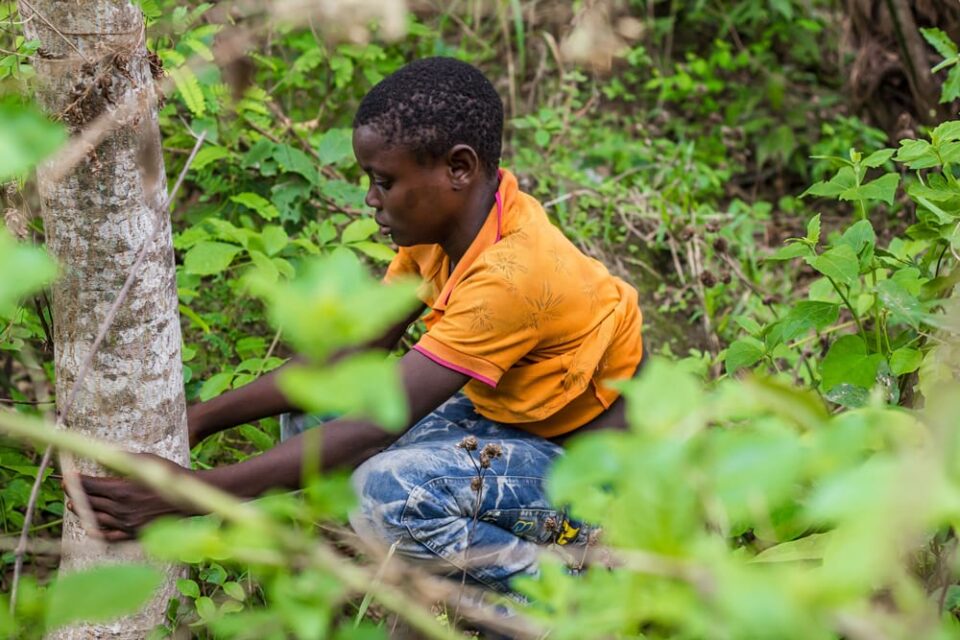By Frank Kamuntu
The recently released 2024 national population and housing census has highlighted significant progress in household access to clean water in Uganda, though challenges remain in sanitation.
According to the report, 81% of households across the country now have access to improved drinking water sources, such as public taps and boreholes, marking a positive step toward ensuring safer water for the population. Of these, 25% rely on boreholes, and 22.6% use public taps.
However, the census also exposes a sanitation gap, with 7% of households—approximately 748,924 homes—still lacking toilet facilities. This issue is most severe in the Karamoja region, where over 60% of households practice open defecation due to the absence of sanitation infrastructure.
In contrast, regions like Kigezi and Ankole have made notable strides in sanitation, with only 1.4% and 1.7% of households respectively lacking toilet facilities. Buganda and Toro also demonstrate relatively low figures, with 2.4% and 2.8% of households without sanitation.
Despite these regional disparities, the overall picture shows that 43% of Ugandan households have improved sanitation facilities, while 28% share toilets and 50% still use unimproved facilities, reflecting the need for further investment in basic sanitation services across the country.
While access to clean water has seen considerable improvement, the gaps in sanitation underscore the importance of continued efforts to promote public health, particularly in rural and underserved regions.
Have An Advert Or Article You Want Us To Publish? WhatsApp: +256760530830.

